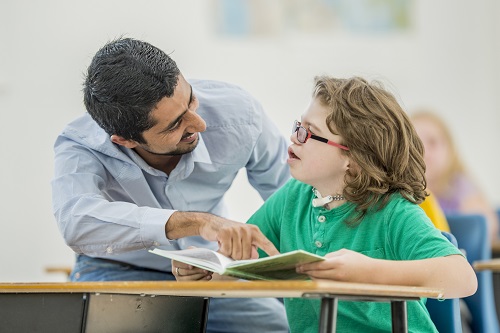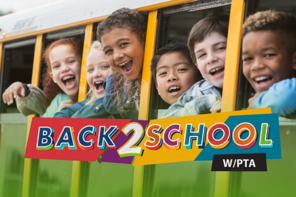Personalized learning is sweeping across schools and districts nationwide. At NCLD, we see the potential, but we are also asking: What does this mean for students with disabilities? We’ve spent over six months discussing the benefits and challenges with 70 leaders in educational practice, policy, research and parental advocacy fields.
What we’ve found is that the benefits and challenges are two sides of the same coin—the benefits are the potential and the challenges are the work necessary to achieve it. Here are five key benefits and challenges to personalized learning.
1. A strengths-based, more engaging approach to education … if we can prepare teachers to shift their practice.
The reality of special education is that the disability often consumes the whole student’s identity—we focus on a student’s needs without ever getting to their strengths and interests. Personalized learning provides the potential to change this mindset for students with and without disabilities by bringing a holistic focus to needs, strengths and interests, while engaging students as active creators of their learning.
The challenge is neither general educators, nor special educators have been trained in such a system. All educators need both dedicated training on personalizing learning for students with disabilities and opportunities to engage in difficult discussions regarding biases on what these students can know and do.
2. A positive parent experience … if they are proactively engaged at the outset in partnership.
Parents of students with disabilities often experience frustration with the current system, where they have to fight for the legal rights of their child rather than being partners in their learning potential. Empowering parents was the driving motivation when NCLD joined with 14 other national nonprofits to launch Understood.org, a free, comprehensive resource which has provided over 20 million parents with personalized resources, daily access to experts, interactive tools and a supportive community. Personalized learning can take that further by empowering parents to be active partners in addressing student challenges and strengths and interests as well.
However, as excited as some educators are about personalized learning, again, few have been trained or provided the tools to communicate these opportunities to parents. Training and a communications and engagement strategy can help spell the difference between success and continued frustration.
3. Continuous, ongoing support … if we create a sustainable system.
The most frustrating thing for any parent is to see their child labeled a failure at the end of a semester, when in fact it’s the system that has failed their child. Personalized learning can help these struggling children by providing ongoing, targeted support on specific knowledge, skills and dispositions.
The challenge here is that most schools implementing personalized learning haven’t quite cracked how to implement such a system for struggling learners. States, districts and schools leading personalized learning must come together to create such a system for students with disabilities and other learners who often fall victim to well-documented achievement gaps.
4. Multiple ways to access content … if accessibility is included in the initial strategic development.
Not all students learn the same way, and personalized learning provides the potential to move beyond our one-size-fits-all model. The challenge is one of accessibility. Does the school have a concrete strategy to ensure all students have access to the same rigorous experiences or does the school’s plan reinforce past failures of educational tracking? Integrating approaches such as universal design for learning can strategically narrow rather than reinforce traditional educational disparities.
5. Fuller inclusion … if we don’t lose sight of the real student needs.
Parents of students with disabilities want what all parents want—that their child to be seen and valued as a whole person rather than stigmatized for one part of their identity. Under personalized learning, all students—whether they have a disability or not—get the support they need. While this may be one of the greatest benefits of personalized learning, it is important that—in inviting greater voice and choice and self-advocacy in learning—educators pay attention to the specific challenges students with disabilities bring to this environment.
Whether it’s challenges with executive functioning for students with learning disabilities, difficulty in responding to change for students on the autism spectrum, or the fact that students with disabilities may not have as much experience driving their own learning, specific work is necessary to empower students with disabilities to seize the full benefits of these changes.
As personalized learning comes to your communities, parents of students with disabilities would be wise to stick with a common tenet: Don’t retrofit our kids into a system you’ve already created—start with them in mind as you develop your strategy. Such a mindset will benefit all kids.
Ace Parsi is the Personalized Learning Partnership Manager at the National Center for Learning Disabilities.





